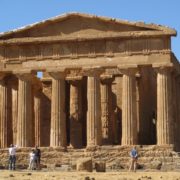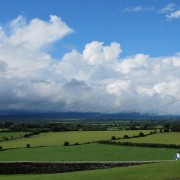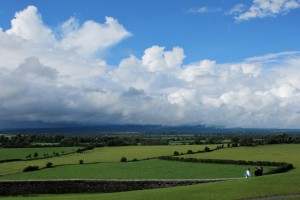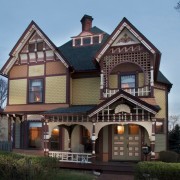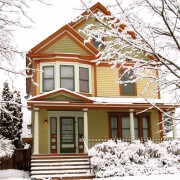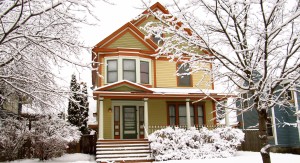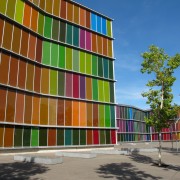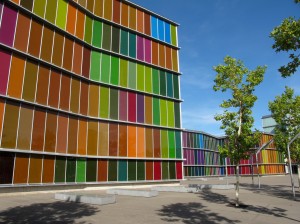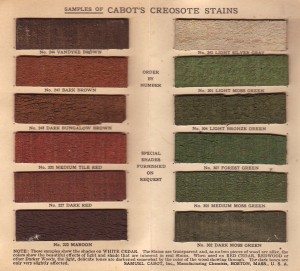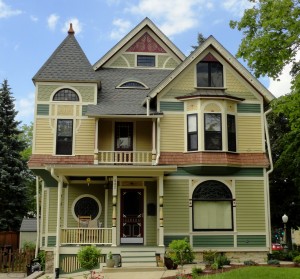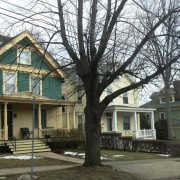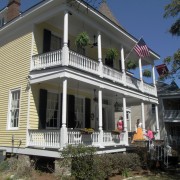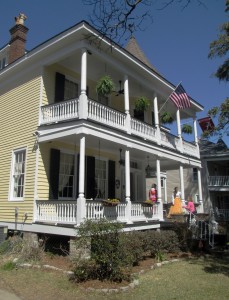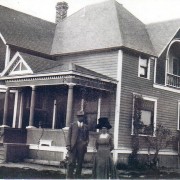The Real “Greek” of the Greek Revival
American architects love to use columns, we’ve been using them since it seems the country was founded. In the early 19 century we had the Greek revival, in the late 19th century we had the colonial revival, and the 20th century we had a number of different colonial and classic revivals. All of these styles of architecture had one thing in common, they employed classical columns.
It’s one thing to study American architecture, as I have for the past 35 years, and marvel at how well done are done and how much they seem to look like ancient buildings of Greece or Rome. It’s another thing to actually go to a place that has original Greek temples and see what we would call the “real thing.” I had a chance this past summer to visit Sicily, The home of a number of original Greek temples. To see them in their natural habitat with their great beauty and realize they were built centuries ago by people we will never see or never know is an amazing experience.
These buildings are the prototypes for such great American building says Stricklands second bank of United States in Philadelphia, and Jeffersons state capital in Richmond Virginia. LAs well they are the prototype for all the Greek revival houses we see throughout United States built in the first half of the 19th century. To look at the real Greek architecture and then come home and see them here again in United States, it’s a wonder to me that we decided to emulate some of the most beautiful architecture in the world to represent our country.
If you have a chance and get to visit Europe try to seek out and original Greek or Roman buildings to see how the real experts in the style did it. If you can’t get to Europe, just stop and enjoy the Greek and classic buildings in your own town, and know that those columns had a long history before they set foot in you neighborhood!

